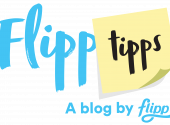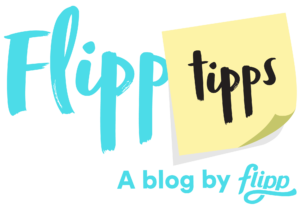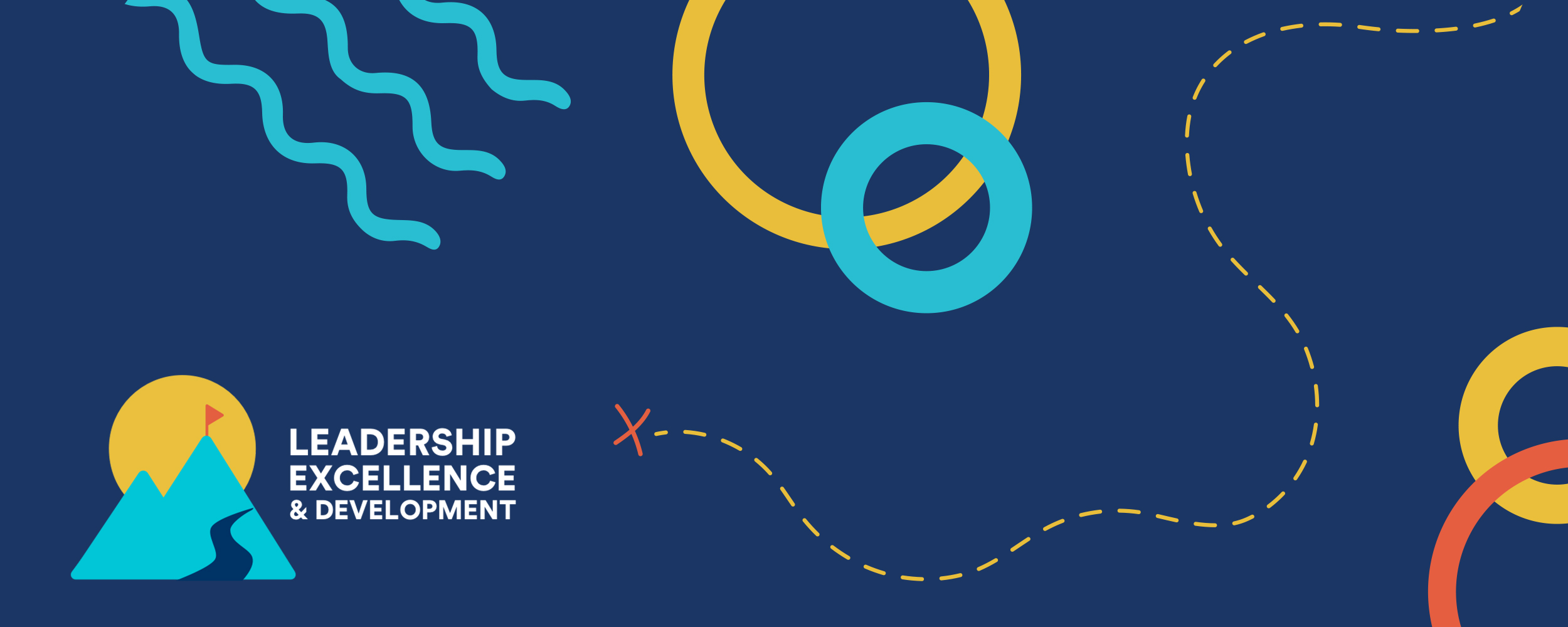As a Talent Management Lead at one of Canada’s leading technology companies, I was tasked with building our leadership capabilities for over 85 leaders across the business.
The purpose of the Leadership Excellence and Development program (LEAD), is to provide all of our leaders with the tools they need to be effective and confident in their leadership competencies. After the three month program, our leaders would have the skills to elevate the performance and capabilities of their teams, ultimately ensuring that we’re living up to our culture of servant leadership and growth. As I was getting ready to launch LEAD, a first of its kind for Flipp, we went into our first lockdown.
At first, we thought the lockdown would last a few weeks and then we’d pick up right where we left off. But one month turned into two and then three. We couldn’t let the lockdowns put an indefinite halt to this program. Remote working and lack of face-to-face communication came with its own unique coaching challenges, which is why the LEAD program became that much more important. We were committed to giving our team the tools they needed. With the support of the leadership team, we decided to pivot, as we typically do in the world of tech and launched LEAD remotely.
Three months and 1500 training hours later, 85 of our leaders are LEAD certified with 81% feeling more effective as leaders because of it – an investment well spent.
Working from anywhere is the new normal, so companies need to start adapting now by incorporating virtual learning. I’m sharing how we pulled this off to encourage other organizations to keep investing in learning and development during the pandemic and beyond. We did it in eight easy steps:
1. Just like any journey, establish a starting point
- Talk to your customers, aka, your leaders!
- Complete a thorough needs analysis to understand your areas of opportunity.
- Take stock of the current programs your company has so you can fill in the gaps.
- Be vulnerable and build trust with your end users. the more empathic you are, the greater buy-in to the end result.
2. Determine what is most important; if everything is important, nothing is
- Schedule a working session with your executive team and key leadership stakeholders (no more than 10 people!) to get alignment on what’s most important.
- Create a leadership framework and key leadership competencies by determining what makes your team successful and what principles you want your leaders to live by.
- Communicate your leadership framework broadly so both the “what does this mean?” and “how do I display it?” questions are understood by all.
Flipp’s Focus: Our leadership framework and competencies are grounded in our cultural values, results, functional competencies, leadership competencies, and at our core – emotional intelligence.
3. Create a roadmap
- Use the data you collected in Steps 1 and 2 to lay out where you want to go and what you want to accomplish.
- What are the topics you want to cover in your training program? How will they align to your leadership framework and competencies?
- This will help you build logical flow and evolution to your program.
Flipp’s Focus: The data we collected resulted in three modules: LEAD Self, LEAD Others, and LEAD High Performing Teams. We intentionally took a step back by looking inward at all things Flipp (knowing our business, role modelling our culture, manager fundamentals) before creating our modules, including Unconscious Bias, Emotional Intelligence, How to Communicate with Teams Effectively, Diversity & Inclusion, Resilience, and Leading in a Virtual World.
4. Name it, theme it, give it life!
- A good brand can bring anything to life!
- What is the theme of your program? Create a catchy name that fits your organization and goals of the program.
- If budget permits, provide some swag to get people excited about the program!
Flipp’s Focus: Our theme was Navigating your Leadership Journey, so LEAD was a perfect fit. The Leadership Excellence & Development (LEAD) Program had its own brand, logo, and color scheme that became recognizable to the organization. We also kicked-off the program with swag bags including a branded t-shirt, notebook, and stickers.
5. Keep it simple, interesting, and effective
- Create your content by using a mix of internal experience and external subject matter expertise.
- Find the balance of maintaining what already works (i.e., your culture and tried and true principles) while also introducing new, best-in-class ideas.
- Don’t use off the shelf content – it won’t resonate. Instead, leverage reputable sources and tools (Harvard Business Review, Gartner, Literature, Podcasts) and align the content with your roadmap and goals.
- Bring in external subject matter experts and assessments to build credibility
- Leverage your leaders as teachers – this allows more peer-to-peer learning, provides development opportunities, and gives the leaders a chance to give back to the organization.
Flipp’s Focus: We ensured that all content was grounded in our culture and leadership framework and made sure to refer back to other training programs we’ve launched. Each module featured an external consultant, educator from the Schulich School of Business, and/or leader as teacher. We also had all learners complete an EQ-i 2.0 Assessment.
6. Ensure learner equity and encourage ongoing application of content
- No two learners are alike, so leverage a blended learning approach to meet the needs of every learner.
- Use a variety of technology and learning modalities to deliver the content.
- Deliver content in a live setting, but also allow time for learners to learn on their own time and at their own pace.
- Create challenges and activities for learners to apply the content… the average learner only retains 9% of what they hear, but if you encourage them to apply the knowledge, they will retain it even more!
Flipp’s Focus: You name it, we used it! Google Hangouts, Zoom, LMS, podcasts, articles, assessments, live learning, on-demand learning, accountability partners, smaller group learning…the list was endless! We kept our learners engaged by providing a variety of learning delivery methods. To increase retention, we challenged leaders after every module with a variety of activities that allowed them to apply and share their learnings within smaller groups or in 1:1s with their accountability partners.
7. Work hard, celebrate harder – have fun!
- Your learners are taking a lot of time out of their day-to-day to participate in the program, so you want to reward them and make it an enjoyable experience.
- Create challenges, have social gatherings, and provide incentives.
Flipp’s Focus: We leveraged technology and imagination to have a lot of fun along the way! Our 85 learners were divided into smaller cross-functional groups, and each had to come up with their own team name and destination so they could really feel like they were learning “off-site.” We also had a variety of challenges and prizes and to close the program, we hosted a live graduation with an executive leadership panel and an ‘après LEAD’ mixology class.
8. Measure your success and focus on the journey ahead
- The number one thing L&D professionals struggle with is measuring the return on investment for learning programs.
- It is important to measure effectiveness on an ongoing and sustained basis.
- Use participant and manager feedback surveys frequently, introduce third party assessments (like the EQ-i 2.0 or a 360 feedback tool).
- Use feedback to improve the program in real time and for future participants.
- Equip your learners with the assets and resources they need to take the program outside of the virtual classroom and along their leadership journeys.
Investing in our leaders and putting our people first is our top priority. If there is one thing this pandemic taught me, it’s that change is inevitable and we need to be adaptive and build future capabilities for our teams and leaders. We will continue to run this program for our future leaders, but also evolve the program as needed to ensure we are meeting the demands of our leaders, our people, and our environment.

As Flipp’s Talent Management Director, Joana’s mission is to unleash the potential of people and be relentless in sustaining a culture of growth and wellbeing.




















